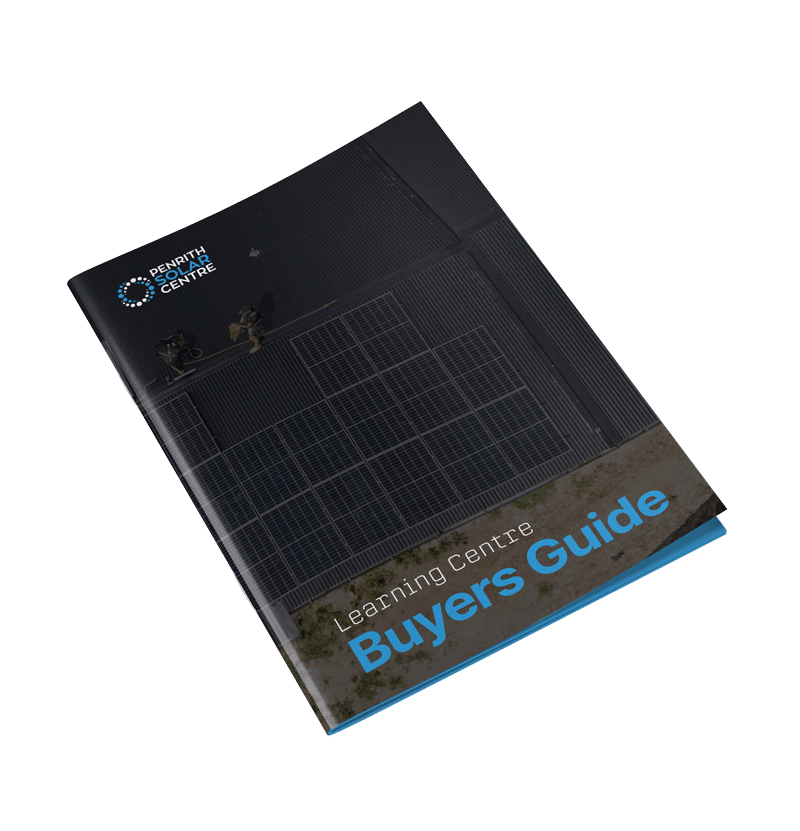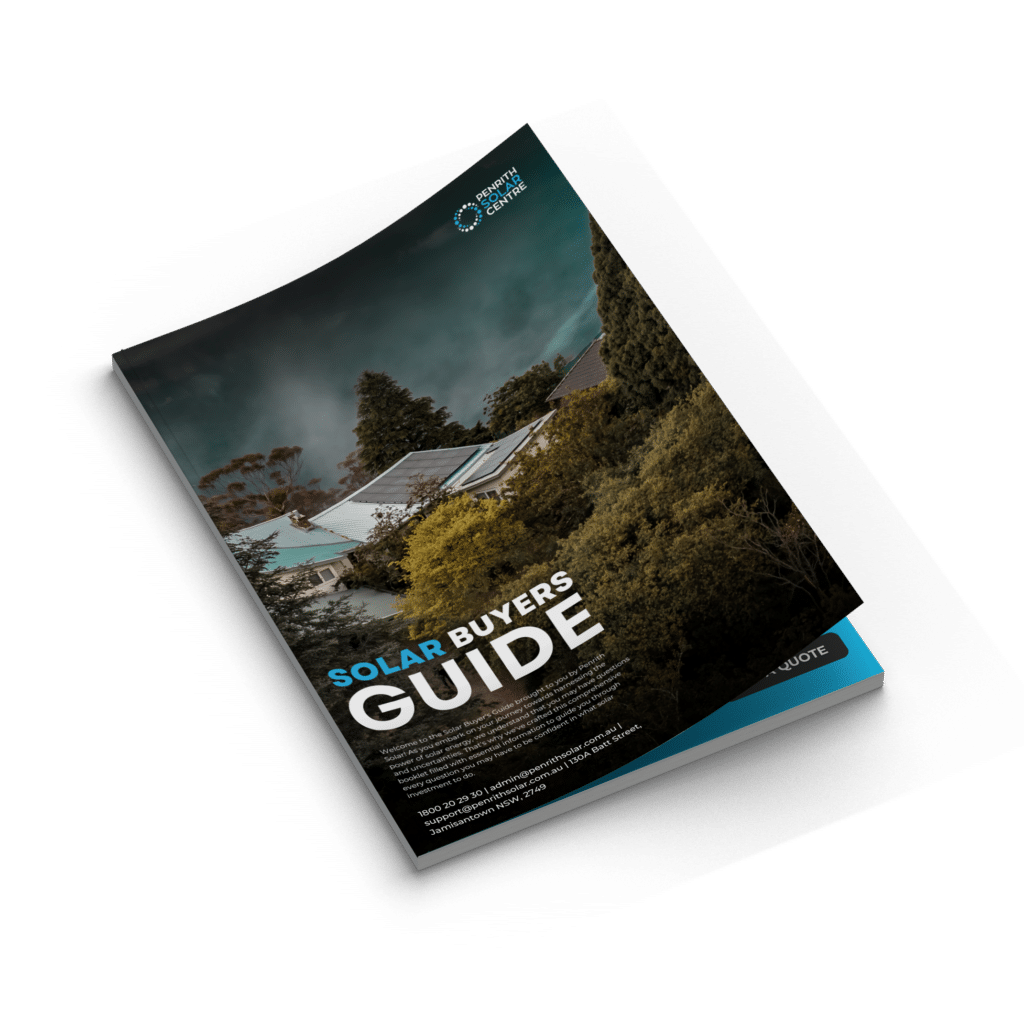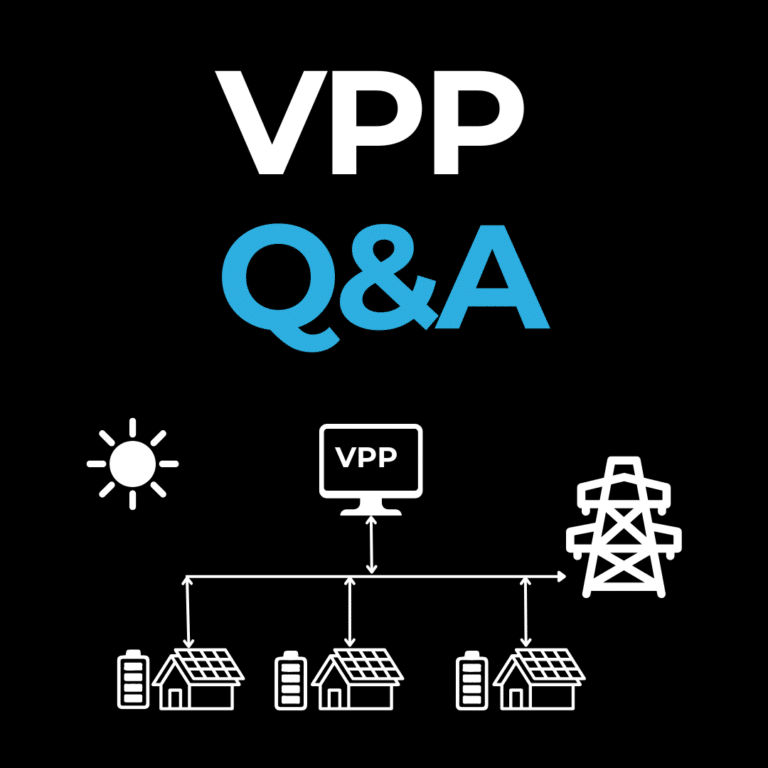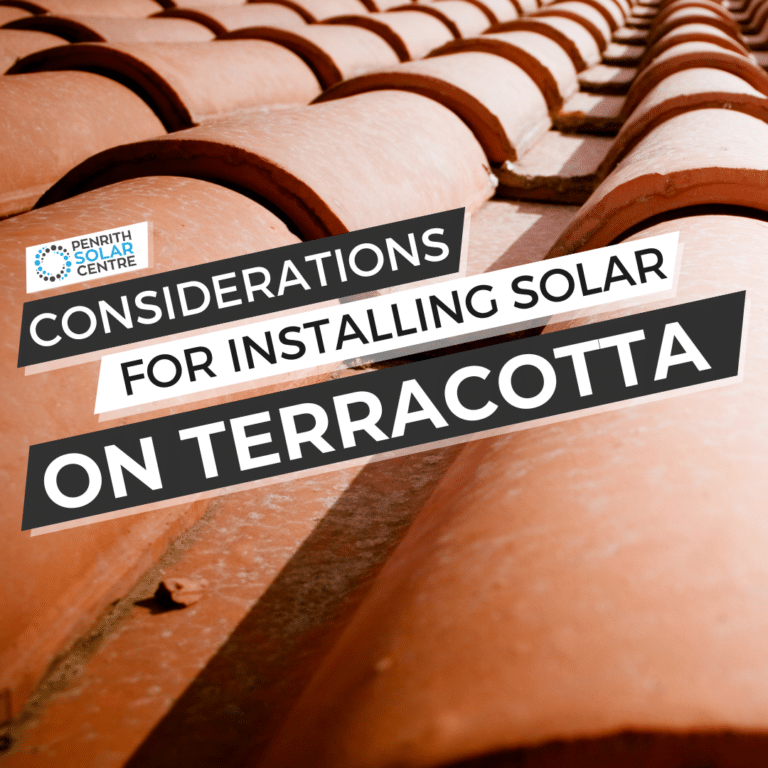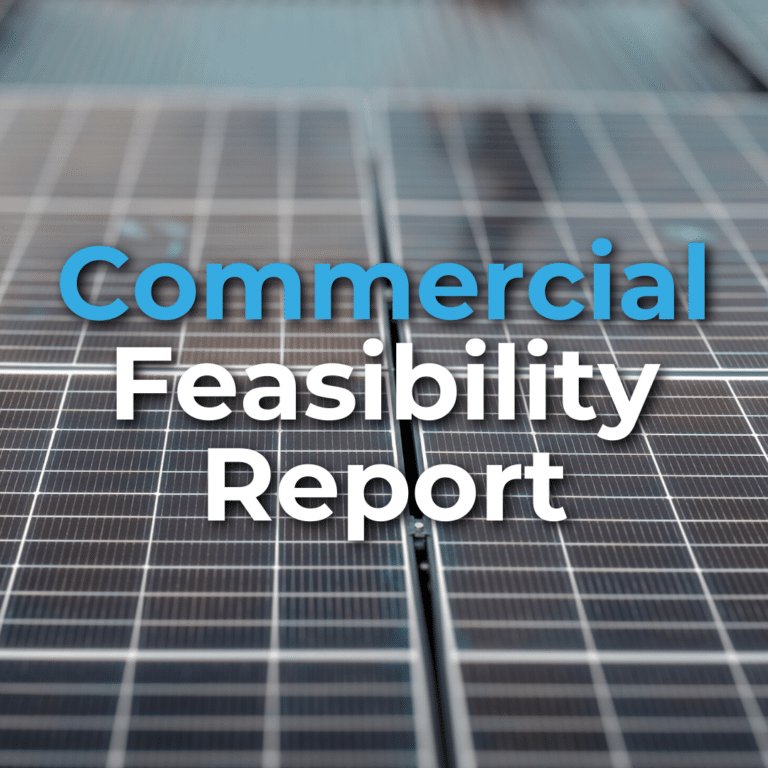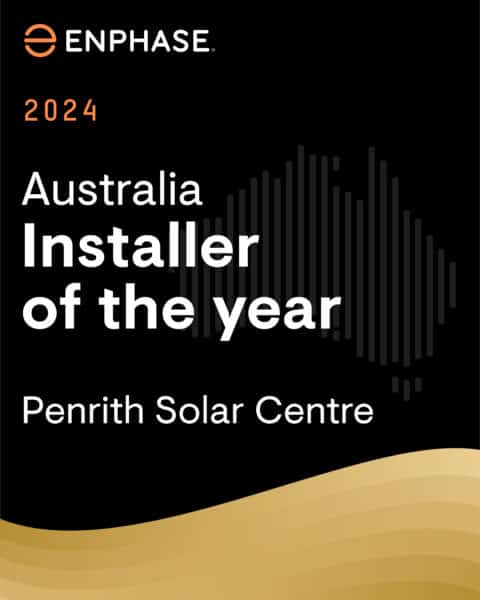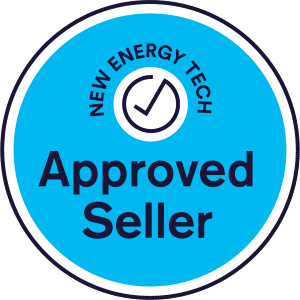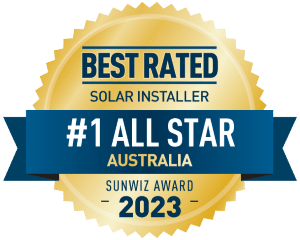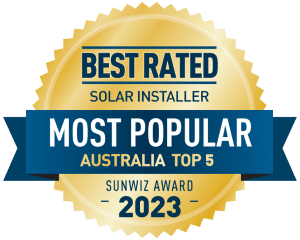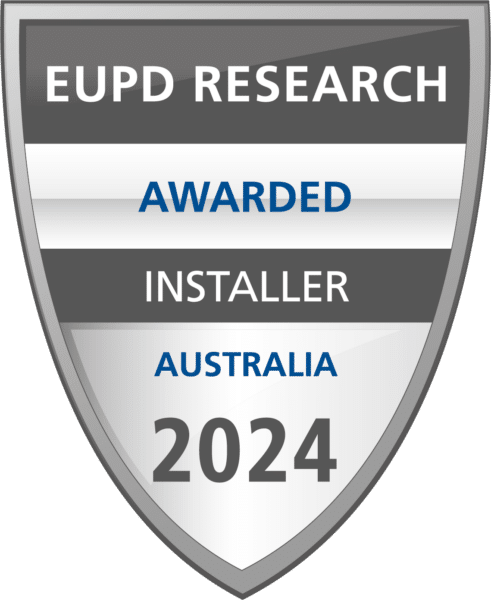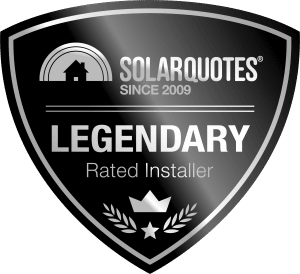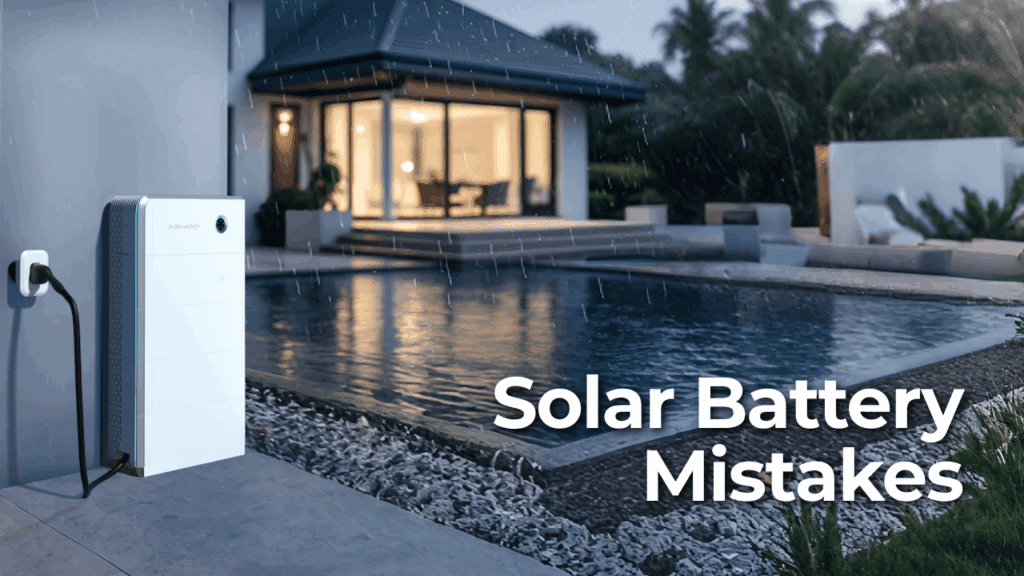
Buying a solar battery should feel exciting. You want to save money on power bills. You want to be ready for blackouts. And you want to get more out of the solar panels you already paid for.
However, most people do not understand how these batteries work. You might make decisions based on guesses or sales pitches. Then you’ll probably feel frustrated when your battery underperforms.
If you feel unsure, you are not alone. A lot of homeowners feel confused at this stage. The options sound technical. The numbers are hard to understand. And no one wants to waste thousands of dollars on a system that falls short.
At PSC Energy, we strive to be educators first. After all, an informed customer is a happy one. This article will make it easier for you. It is written in plain English and based on real stories.
In this article, you’ll learn about the following:
- Mistake 1: Going Too Small to Save Money
- Mistake 2: Buying Too Much Battery Storage “Just in Case”
- Mistake 3: Not Thinking About the Future
- Mistake 4: Not Checking Compatibility with Solar
- Mistake 5: Not Knowing the Difference Between Single-phase and Three-phase Backup
- Mistake 6: Choosing the Wrong Installer
- Mistake 7: Ignoring the Warranty and Support
By the end of this article, you will learn the most common mistakes people make when buying a solar battery and how to avoid them. You will walk away with simple advice that helps you choose the correct battery for your home, budget, and future.
Let’s start with the first mistake.
Mistake 1: Going Too Small to Save Money
Trying to save money is smart, but going too small can disappoint you. A cheap battery might seem like a good deal at first. But if it runs out too early or charges too quickly, it will not give you the backup or savings you expected.
For example, a young family with two children bought a 5 kilowatt-hour battery. Their home used over 20 kWh each day. The battery helped a little, but it was empty soon after dinner.
They still had to use grid power at night most of the time. They wished they had bought a 10kWh battery instead.
A battery that is too small will not reduce your power bill much. It also won’t help much during a blackout. You may still lose power before bedtime, which can be frustrating if you expect full coverage.
Tip: Think about your energy use in the evening and early morning. These are the times when solar panels do not work. Make sure your battery can power your most important appliances through those hours. A bigger battery that meets your real needs will feel more useful daily. You’ll be getting your money’s worth.
If you’re interested in learning a bit more about the benefits of solar batteries, you might want to start with the following article titled, 7 Benefits of Adding a Battery to Your Solar System.
Power up your savings. Click here.
Mistake 2: Buying Too Much Battery Storage “Just in Case”
Some people think it is safer to buy the biggest battery they can afford. They want to make sure they are ready for anything. They imagine extended blackouts or big savings. But a bigger battery is not always better.
Large batteries cost more. If your solar panels do not make enough extra energy to fill the battery each day, you are paying for storage you will not use. This can stretch out the time it takes to get your money back.
For example, a retired man living alone bought a 13.5 kilowatt-hour battery. He was in his home during the day when the solar was pumping and went to bed early. He only used about 6 kWh of electricity each evening. His battery often stayed half full. It looked impressive, but he paid thousands for energy storage he never needed.
If he had bought a smaller battery, he could have saved money. He also could have added more storage later if he needed it. Some battery systems, like the Sigenergy SigenStor, allow you to do this. Others do not.
Tip: Try to match your battery to your energy use. Look at how much power you use in the evening and how much solar energy you send back to the grid during the day. That will give you a better idea of the correct size.
If you’re interested in learning a bit more about solar batteries, you might want to start with the following article titled, Adding a Battery to a Solar System.
Let’s talk solar savings. click here.
Mistake 3: Not Thinking About the Future
Your energy use today might not be the same in a few years.
- You could buy an electric car.
- You might start working from home.
- You may even install a heat pump or upgrade your air conditioning.
All of these things use more electricity.
If your battery system cannot grow with your needs, you might have to replace the whole thing sooner than you expected. That can be expensive and stressful.
For example, a couple installed a battery that was just right for their small home. A year later, they bought an electric car. Their electricity use doubled. Their battery could not keep up, and not every battery is easily expandable. Their installer told them they would need a second system instead of a simple upgrade. That meant more cost and more hassle.
Some battery systems allow you to add more storage later. These are called modular systems. Others do not allow upgrades, or they make it very difficult.
Tip: Ask your installer if the battery system can grow over time. If your energy use might increase, plan for that now. Planning ahead is easier and cheaper than fixing the problem later.
If you’re interested in learning a bit more about expanding your energy system, you might want to check out the following article titled, Expanding Your Solar Panel System with Batteries and Add-Ons.
Ready to go solar? Click here.
Mistake 4: Not Checking Compatibility with Solar
Your solar battery must work well with your solar panels. If the two systems do not match, you might lose energy, waste money, or miss out on backup power during blackouts.
Some systems use a hybrid inverter. This type of inverter connects both the solar panels and the battery. It helps them work together more smoothly. Other systems use two inverters: one for the panels and one for the battery. This setup can work too, but it needs to be appropriately planned.
If the design is not done right, your battery might not charge fully. It might not turn on during a blackout. Or it might lose power as it moves through the system. These problems can be hard to fix after everything is installed.
For example, one homeowner installed solar panels and added a battery a year later. The two systems used different inverters and were not designed to work together. The owner had to spend more money to fix the wiring.
Tip: Ask your installer how the battery connects to your solar system. Ask what kind of inverter you have and how the battery will charge and discharge. Ask if the battery will work when the grid goes down. A good installer should be able to explain this clearly.
If you’re interested in learning a bit more about the importance of monitoring and programming your energy, you might want to check out the following article titled, What is Consumption Monitoring?
Get started with solar. click here.
Mistake 5: Not Knowing the Difference Between Single-phase and Three-phase Backup
Some people think their battery will keep the whole house running during a blackout. That is not always the case. What your battery can power depends on how your home is wired and how your backup is set up.
Most Australian homes are connected to the grid as a single-phase or a three-phase site.
A single-phase battery usually powers the whole home. This includes lights, the fridge, power points…everything.
A three-phase battery can cover more of the home but needs special planning and the right equipment. It also costs more.
If you have a three-phase home but only install a single-phase battery, you will only get power on one phase during a blackout. That means some parts of your home will still go dark, even though you have a battery.
For example, a family had a three-phase home but installed a single-phase battery with limited backup. During a blackout, only one part of the house worked. The kitchen lights stayed on, but the heating and the garage door did not. They were surprised and upset because no one had explained the setup clearly.
Tip: Ask your installer if your home is single-phase or three-phase. Then ask what kind of backup the battery will provide. Make sure it matches your needs. If you want more of the house powered during a blackout, you may need a three-phase backup system and a larger battery.
If you’re interested in learning a bit more about installing a single-phase battery like the Powerwall 3 on a three-phase site, you might want to check out the following article titled, Can I Install a Single-Phase Battery on a Three-Phase Home?
Mistake 6: Choosing the Wrong Installer
The installer you choose can make or break your battery system. A good battery with a bad installation will not work well. You could lose power, waste energy, or face expensive repairs. Some people end up with systems that are not safe or do not meet local rules.
Not all installers have the same level of training or care. Some rush through jobs or leave out key parts. Others do not take the time to explain how the system works. If they do not test the setup correctly, you might not notice a problem until the power goes out.
For example, one couple hired the cheapest installer they could find. The system worked at first, but during a blackout, it failed. Fixing it cost them more than choosing a better installer from the start.
Tip: Always check if the installer is accredited by Clean Energy Council (CEC). Look at reviews from other customers. Ask how many battery systems they have installed before. Make sure they explain the whole setup to you and answer your questions clearly.
If you’re interested in learning a bit more about the importance of a good installer for your solar (the most important component of any system, seriously), you might want to check out the following article titled, In-house Installers vs. Subcontractors: Which is Better?
Mistake 7: Ignoring the Warranty and Support
A solar battery is a significant investment. You need to know what happens if something goes wrong. Some people do not read the warranty or ask about support. Later, when their battery has a problem, they find out it is not covered or that help is hard to get.
Warranties can be tricky. Some only cover the battery for a few years. Others might cover the battery for ten years, but only if you follow certain rules. Some warranties are handled locally, and some are managed overseas. This makes a big difference if you need a fast repair or replacement.
For example, one homeowner bought a battery online from a company overseas. When it stopped working, no one in Australia could fix it because the installer went out of business. There was no one to fulfil the warranty. He bought a second battery just to keep power in his home.
Tip: Ask how long the battery warranty lasts. Ask what it covers and who to call if there is a problem. Check if the company has support staff in Australia. Choose a product with strong local support and a clear warranty.
If you’re interested in learning a bit more about the warranties for the products we install, you might want to check out the following article titled, A Complete Guide to Solar Warranties.
Wrapping It All Up
Buying a solar battery is a smart step, but only if you get the right one for your needs. It is easy to make mistakes when the details feel confusing or the sales talk sounds convincing. But now you know what to look out for.
- Do not buy a battery that is too big or too small for your home.
- Think about how your energy use might grow over time.
- Make sure your battery matches your solar system and can run what you need during a blackout.
- Choose an installer who knows what they’re doing.
- And always check the warranty and support.
A good solar battery should save you money, give you peace of mind, and make your solar panels even more useful. When you avoid these mistakes, you make that much more likely.
At PSC Energy, we help customers learn about solar batteries with consultations for customised solar systems. Take your time. Ask us the right questions. And we’ll plan it together for today and tomorrow.

If you’d like to learn a bit more about SigenStor from Sigenergy, you might want to check out the following article titled, Sigenergy SigenStor Quietly Becomes Australia’s Top Solar Battery Brand.

